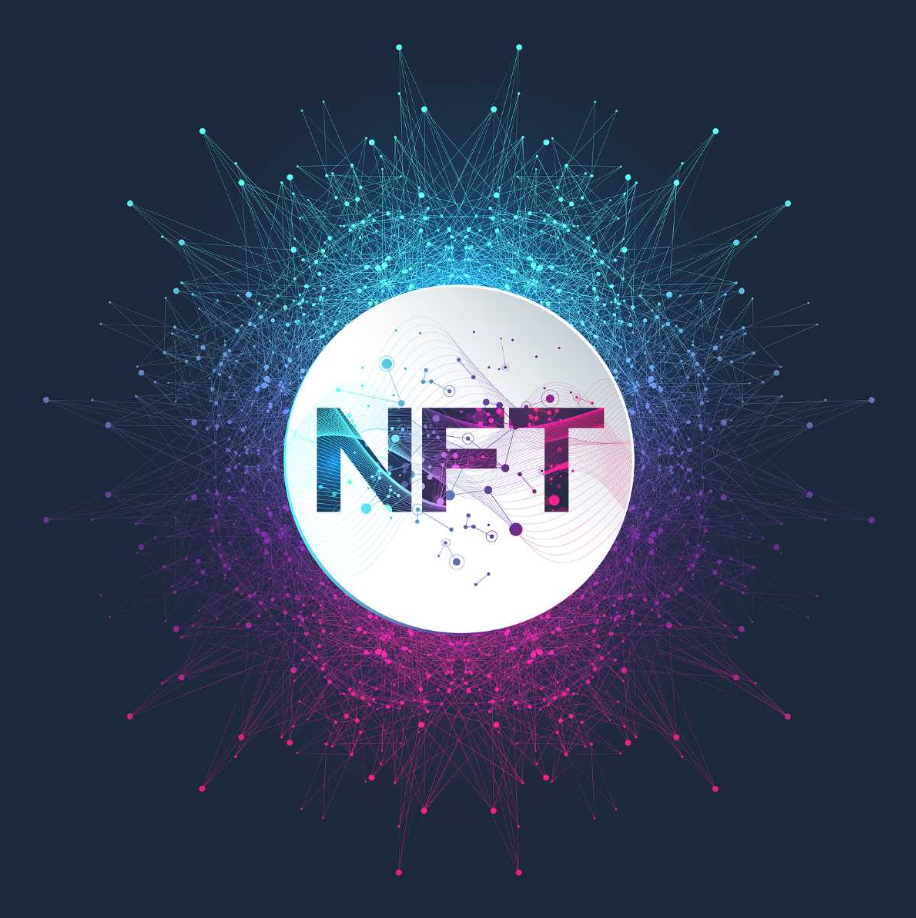Non-fungible tokens, or NFTs, have taken the world by storm, with high-profile sales of digital artwork and other collectibles reaching millions of dollars. But what exactly are NFTs, and how do they work?
In simple terms, an NFT is a unique digital asset that is stored on a blockchain network. Unlike cryptocurrencies such as bitcoin, which are fungible and interchangeable, NFTs are non-fungible and unique, making them ideal for representing one-of-a-kind digital items such as art, music, and video game items.
NFTs are created using smart contracts, which are self-executing programs that run on a blockchain network. These smart contracts contain the terms of the NFT, including ownership rights and transferability. Once created, the NFT can be bought, sold, and traded like any other asset.
One of the key benefits of NFTs is their ability to verify ownership and provenance of a digital asset. Because NFTs are stored on a blockchain network, they are immutable and tamper-proof, ensuring that ownership of the asset cannot be disputed.
The use cases for NFTs are vast, ranging from digital artwork and music to virtual real estate and in-game items. NFTs also have the potential to revolutionize industries such as sports and collectibles, enabling fans to own unique pieces of memorabilia and merchandise.
The Future of NFTs
The popularity of NFTs shows no signs of slowing down, with new use cases and applications being developed all the time. As blockchain technology continues to mature and become more accessible, we can expect to see a further evolution of the NFT ecosystem, with more efficient and cost-effective solutions for users.
However, there are also concerns around the environmental impact of NFTs, with some critics arguing that the energy consumption required to create and trade NFTs is unsustainable. As with any emerging technology, it is important to weigh the benefits and risks of NFTs and work towards more sustainable solutions.
In conclusion, NFTs are a unique and exciting development in the world of blockchain technology, enabling the ownership and trade of one-of-a-kind digital assets. As the ecosystem continues to evolve, we can expect to see further innovation and new use cases for NFTs, providing greater financial freedom and autonomy for users.









